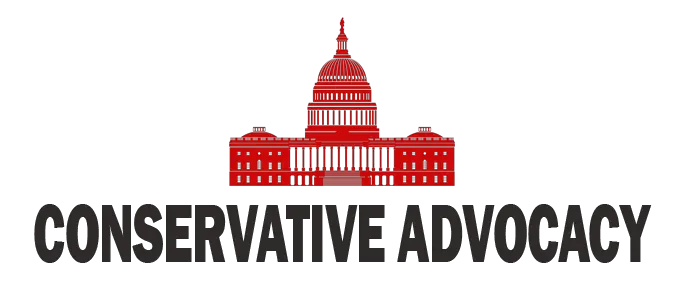President Donald Trump has taken a bold step in his ongoing effort to reshape the federal government, signing an executive order to dismantle the Department of Education. This move, long championed by conservative thinkers and organizations like the Heritage Foundation, seeks to return control of education to states and local communities. While the order does not immediately dissolve the department—Congressional approval is required for that—it directs Education Secretary Linda McMahon to begin transferring its responsibilities to other agencies and state governments. Predictably, this decision has ignited fierce debate across the political spectrum.
The Department of Education as an inefficient bureaucracy that has failed to improve student outcomes despite massive federal spending. Since its creation in 1979, inflation-adjusted federal education funding has more than doubled, yet academic performance has stagnated. Trump’s supporters argue that the department has become a vehicle for promoting leftist ideologies such as diversity, equity, and inclusion (DEI) rather than focusing on core educational priorities like literacy and math. By dismantling it, they believe states can better tailor education policies to meet local needs while empowering parents to have greater control over their children’s schooling.
Unsurprisingly, Democrats and teachers’ unions have reacted with outrage. Figures like Rep. Maxine Waters have labeled the executive order unconstitutional, while advocacy groups such as the National Education Association (NEA) have filed lawsuits to block its implementation. Critics warn that dismantling the department could jeopardize funding for programs supporting low-income students, students with disabilities, and other vulnerable groups. They argue that without federal oversight, disparities in educational quality across states will worsen, leaving millions of children at risk. However, proponents counter that these programs can be managed more effectively at the state level without Washington’s heavy-handed interference.
One of the most controversial aspects of Trump’s order is its prohibition on federal education programs promoting DEI initiatives or gender ideology. This aligns with broader conservative efforts to combat what they see as indoctrination in schools. Trump’s allies argue that such measures are necessary to refocus education on academic excellence rather than divisive social agendas. State leaders like Oklahoma Superintendent Ryan Walters have praised the move as a victory for parental rights and local control, calling it a long-overdue correction to decades of federal overreach.
The legal and logistical challenges of dismantling the Department of Education remain significant. Congress must ultimately approve its closure, and lawsuits from unions and advocacy groups could delay or derail Trump’s plans. Nevertheless, this executive order marks a significant shift in how education policy is approached at the federal level. For conservatives, it represents a long-awaited opportunity to decentralize power and prioritize educational freedom over bureaucratic control.
In the end, Trump’s decision reflects a broader ideological battle over the role of government in education. While critics decry it as reckless and harmful to vulnerable students, supporters see it as a necessary step toward restoring accountability and excellence in America’s schools. As this debate unfolds, one thing is clear: the future of education in the United States is poised for dramatic change.




